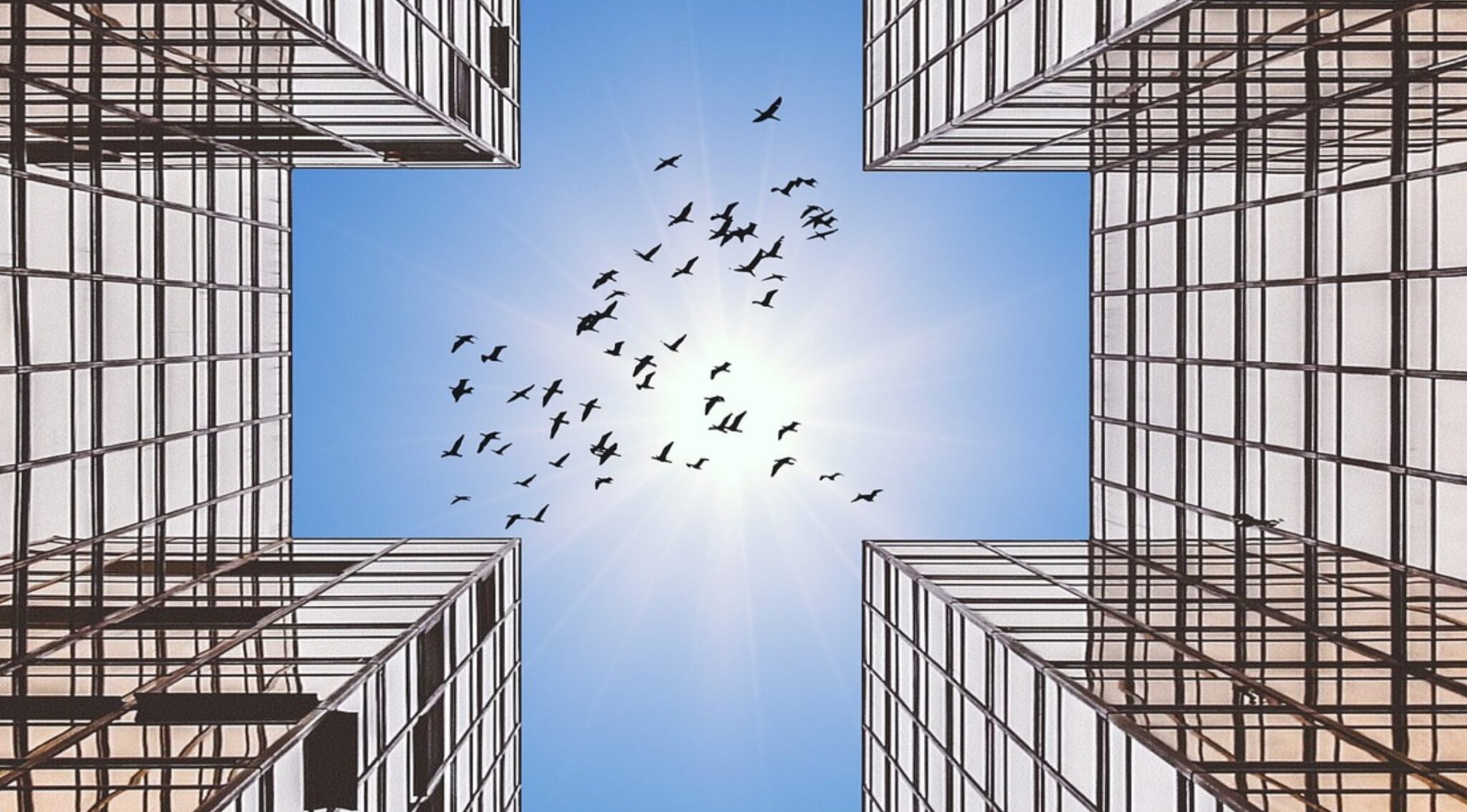The tragic recent death of Flaco, the eagle-owl who died after striking a New York City building, is still fresh on our minds. But, though heartbreakingly sad, this death draws attention to the sad fate of many birds in cities around the U.S.
Just one example is highlighted in this sobering headline: “1,000 Birds Dead in One Night After Colliding with a Single Chicago Building.” That mass collision event occurred in October 2023, and with it and similar events in the news these past few years, some are asking: is the problem getting worse? And what can we bird lovers and nature advocates do to help prevent it?
How Serious Are Window Collisions for Birds?

They’re so serious that they are responsible for up to 1 billion bird deaths each year. When you consider that we’ve lost 3 billion birds since 1970, and that more than half of our bird species in this country are declining and on track to lose up to half of their populations, and you have a serious problem.
Are Mass Collision Events Increasing?
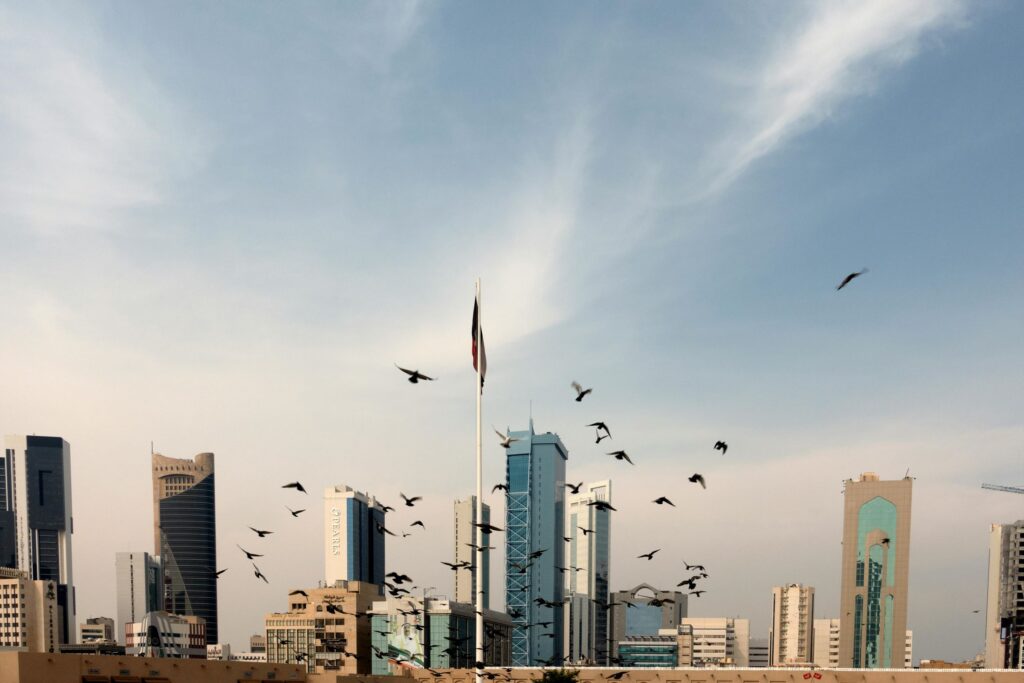
Though there are no clear-cut statistics that show mass bird collisions are on the rise, there are several notable events that have been reported in the past few years, including:
- 1,000 birds died in one night due to a mass collision in Chicago.
- More than 200 birds died in one collision event in New York City.
- Philadelphia saw its largest collision event in 70 years, involving a thousand birds,
- Hundreds of Chimney Swifts died in one window collision event in North Carolina.
- In one week, nearly 400 passerine birds were killed by one Texas skyscraper.
But whether mass bird collisions are happening more frequently or not, they continue to be responsible for the death of billions of birds. As bird lovers and earth’s stewards, we should be concerned, and do all we can to prevent these events from happening.
What Causes Mass Window Collisions?

Though window strikes, where a bird hits a window, can occur anywhere—including your home—mass window collisions are typically caused by business buildings and skyscrapers. Each year, billions of birds migrate twice: in spring and fall, using the stars in the night sky as their guide. Unfortunately, these migration routes include major U.S. cities like Chicago and New York. Illuminated buildings and skyscrapers knock birds off course, since they function as beacons to night-flying birds. Other factors, like the glare and reflection from glass and mirrorlike buildings, also contribute to the birds’ confusion. The birds become disoriented, causing them to crash into buildings and windows. And, as we’ve seen from the news stories above, even one lit skyscraper can be responsible for hundreds—even thousands—of bird deaths in just one event.
What Is Being Done to Prevent Mass Window Collisions?
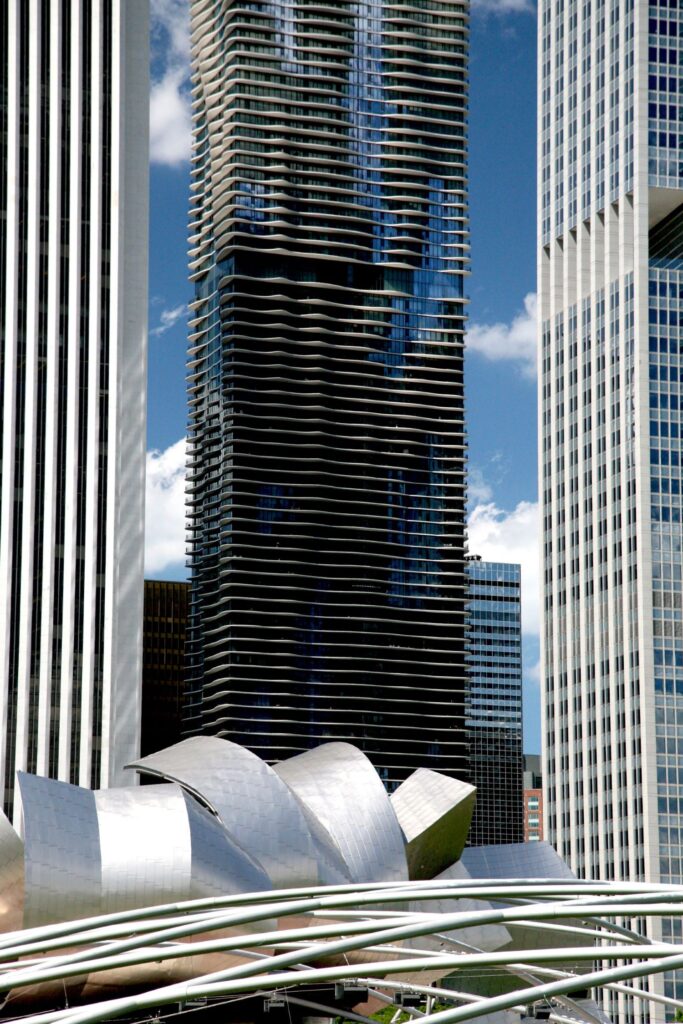
From architects to business leaders to conservationists, many engage in efforts to reduce mass window collisions. Their efforts include:
Light pollution reduction programs
Since brightly lit city buildings are the problem, programs like these seek to reduce light pollution by encouraging and incentivizing building owners to turn off excess building lights at night. These programs lead educational outreach programs for their communities, and encourage practical solutions like incorporating wildlife-friendly lighting. Such programs include the National Audubon Society’s Lights Out programs and DarkSky International.
Bird-friendly building design and modifications
A growing number of architects are incorporating sustainable design practices to make buildings safer for birds. In fact, major cities and smaller communities, like New York and Illinois, are increasingly requiring bird-friendly glass to be used for new construction projects. Many are requiring building owners to turn off or dim lights at night, and use upward-facing lights and decorative window panels and films that prevent bird strikes.
What Can We Do to Reduce Mass Window Collisions?
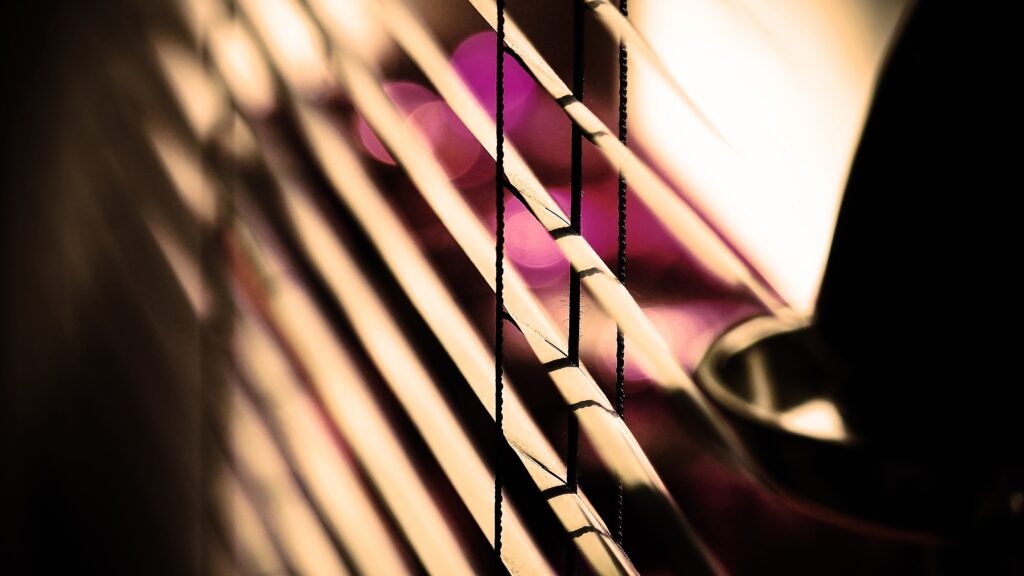
At home
We can do a lot to reduce window strikes at home, including turning off unused lights, covering lit windows with shades or blinds, adding window decals, and adding screens or netting. Some people use soap or tempura paint to paint patterns on their windows to deter flying birds. Other solutions, including bird tape and one-way transparent film are also effective.
Visit us at the Chirp store and browse our selection of window decals and other products to make your window bird-friendly!
At work
If you’re a business and/or building owner, consider incorporating these bird-friendly practices:
- Turn off, dim, or set a timer or motion sensor for all exterior lighting, especially at night. This includes all flood lights, spotlights, and decorative lighting.
- Use shielded lighting that projects the light downward. This will attract less birds.
- Close curtains and blinds at night when interior lights are on.
- Turn off all unnecessary lighting, day or night, especially on higher levels.
What To Do If You Find a Bird Injured from a Window Strike
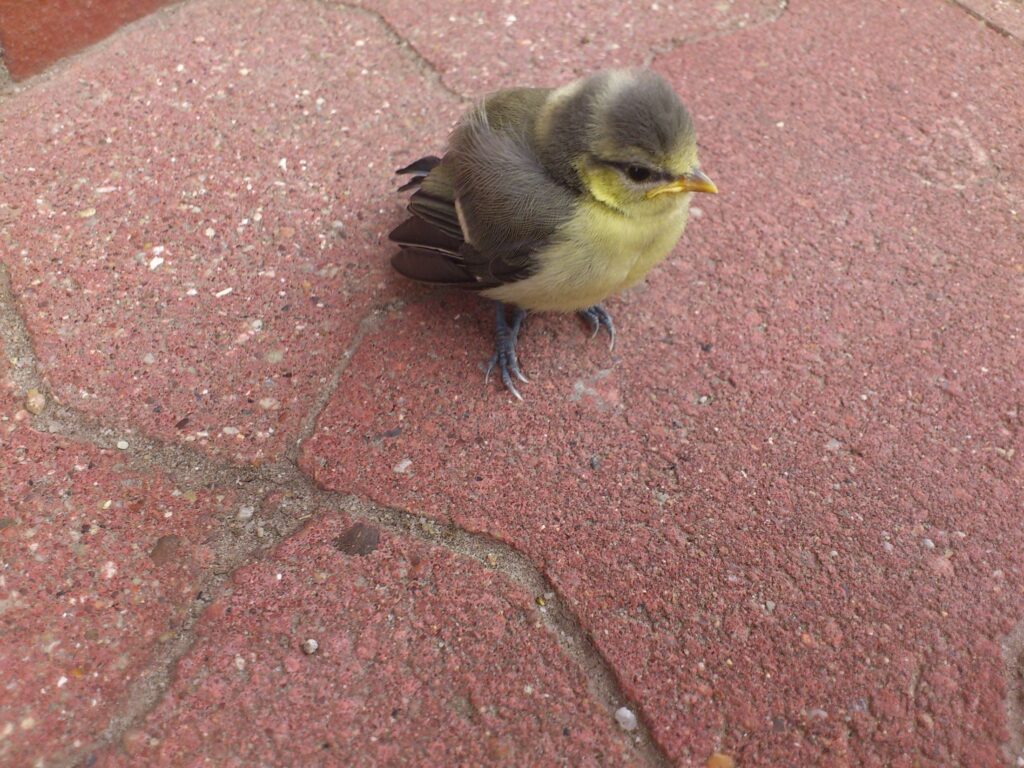
Though the majority of window strikes are fatal to birds, if you do find a bird that has been injured from a window strike, follow the step-by-step instructions in the Chirp post, “How to Help an Injured or Sick Wild Bird.”
What to Do if a Wild Bird Flies into Your Home Through a Window or Door

Wild birds can also get trapped in your house. While preferable to the bird dying or being injured by a window strike, it’s still a problem that requires a bird-friendly solution. For help, read the Chirp blog post, “How To Get a Trapped Wild Bird Out of the House Safely.”
Stay in the Know with Chirp

Keep up on the latest bird news by signing up for Chirp’s free monthly newsletter! You’ll get tips, tricks, and how-to articles on backyard bird feeding and birdwatching, plus you’ll be the first to know about our sales events and new products. Sign up here.
Blog featured image courtesy of Denver Audubon.

